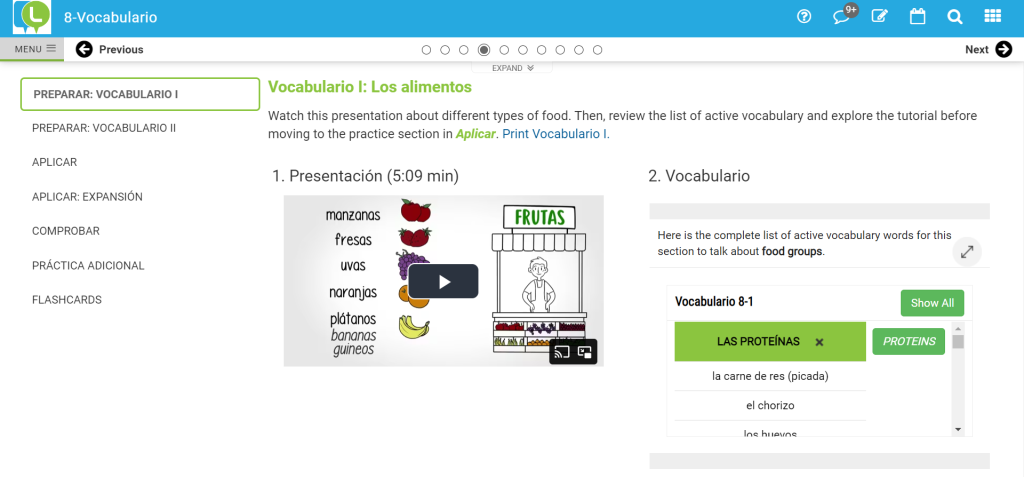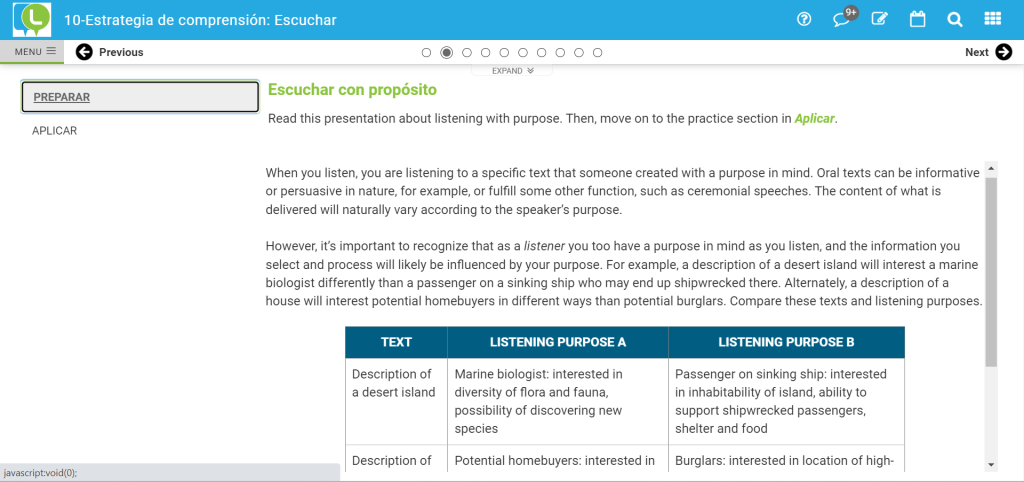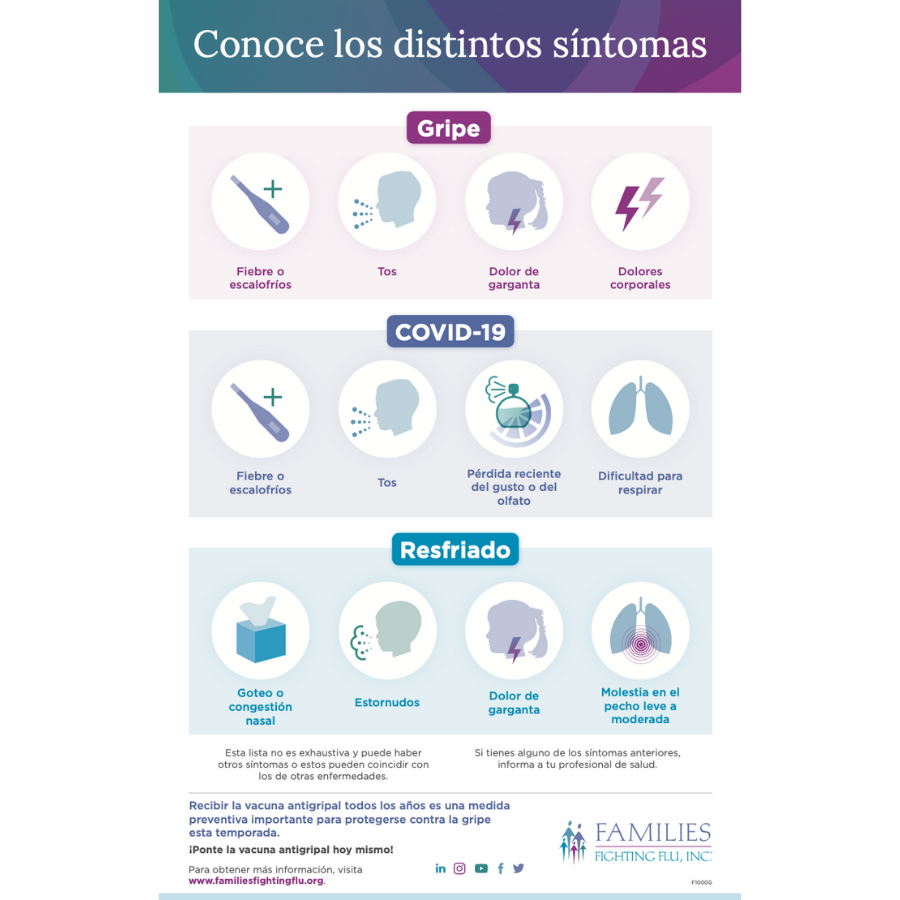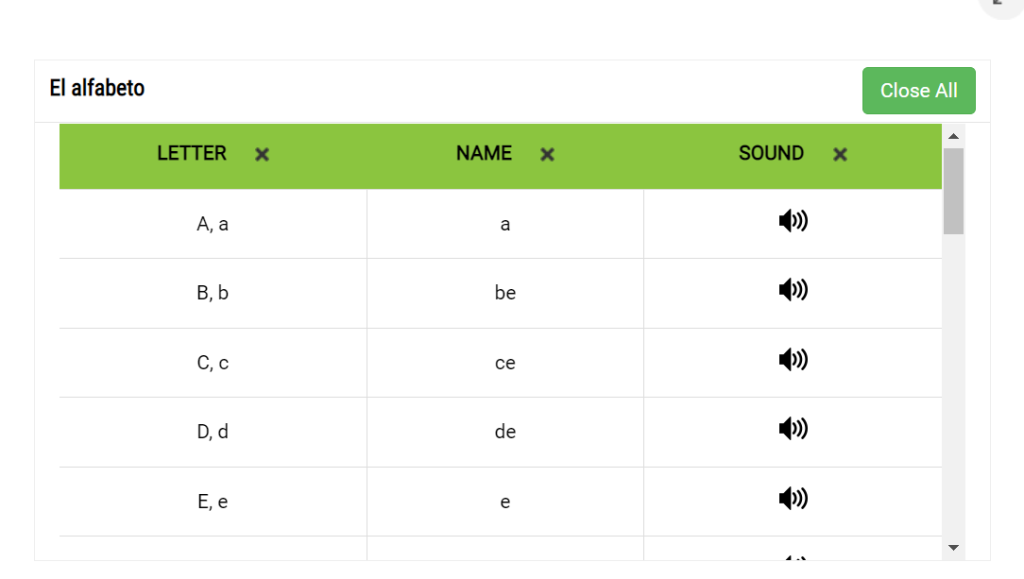UNDERSTANDING CULTURE:
During my time in Spanish 102, I had the opportunity to explore various products and practices that helped me gain a better understanding of Hispanic culture. I was exposed to various authentic Hispanic foods and traditional celebrations such as Dia de los Muertos, which helped me gain insight into the cultural significance of these practices. These products and practices challenged my worldview by revealing how different cultures can have vastly different values and attitudes. For example, in American culture, death is often a negative topic, while in Hispanic culture, it is celebrated and embraced through traditions such as Dia de los Muertos. This challenged my previous understanding of death and made me rethink my own attitudes towards it. Overall, these experiences helped me better understand the rich cultural heritage of the Hispanic community and challenged me to view the world from a different perspective. It made me realize the importance of respecting and valuing different cultures and perspectives, and I am grateful for the opportunity to have learned and grown from these experiences.

ENGAGING IN COMMUNITIES:
Engaging in both my immediate community and the global community is extremely valuable and important. By getting involved locally, I am able to make a positive impact on the people and places around me. This can include volunteering at a local shelter or participating in a community clean-up event. Through these experiences, I have been able to meet new people, learn new skills, and develop a greater sense of empathy and compassion for those around me. Engaging in both my immediate and global communities has been a formative and valuable experience for me. It has taught me the importance of compassion, empathy, and global citizenship, and I look forward to continuing to engage with and learn from the people and communities around me.

INTERPERSONAL COMMUNICATION:
Interpersonal Communication
Throughout this semester, I engaged in various interpersonal oral/audio and writing/reading activities to improve my Spanish skills. Through these activities, I have grown in my ability to communicate effectively in Spanish. I found the telecollaborative conversations to be the most challenging as they required me to think on my feet and respond spontaneously while also putting you in very specific situations. However, I learned how to be more confident and fluid in my speaking as I engaged in more conversations. In the writing/reading activities, I excelled at expressing my ideas and opinions in a clear and concise manner. I received feedback from my professors and peers, which helped me improve my written communication skills in Spanish. A specific example of this is Unit 10 where we talked and listened about future jobs and careers and situations.

PRESENTATIONAL SPEAKING:
This semester, I created a presentational infographic on preventing the flu for my Spanish class. The infographic contained information on various prevention methods such as washing hands and getting vaccinated. Here is a copy of my infographic:

Creating the infographic was a challenge for me as I had never done this type of project before. However, I learned how to use online tools to create visually appealing and informative graphics. I also had to research and synthesize information in Spanish to create the content for the infographic.
One area where I excelled was in my design skills. I received positive feedback from my professor and peers on the visual appeal and organization of my infographic.
In the future, I would like to work on improving the accuracy and depth of my research to ensure that my content is informative and reliable. I also plan to continue to develop my design skills to create even more visually appealing graphics.
PRESENTATIONAL WRITING:
As a student in Spanish 102 I have completed various written presentational activities this semester, including composing blog posts, writing articles, and creating flyers. One of the flyers I created was for a basketball league. It included information about the league, such as the dates, location, and registration details. The flyer was visually appealing and designed to attract potential players and spectators. each presentational activity has challenged me in different ways. Writing blog posts and articles in Spanish allowed me to practice my language skills and expand my vocabulary. However, it was often difficult to express my ideas in a concise and coherent manner. Creating flyers and other visual compositions, on the other hand, allowed me to tap into my creativity and design skills. However, it was challenging to convey all the necessary information in a visually appealing format. Moving forward, I believe that I could improve my writing skills by continuing to practice in Spanish and seeking feedback from native speakers. I could also work on creating more concise and effective compositions, as this is an area where I struggled at times.
INTERPRETIVE LISTENING:
Learning the Spanish alphabet was a good interpretive listening activity because it required me to listen carefully to the sounds of each letter and how they differ from their English counterparts. Being one of the first things we did this semester was learning the alphabet from lingrolearning.com. At first, it was challenging for me to distinguish between certain letters that sound similar in Spanish, such as “b” and “v.” However, with practice and repetition, I was able to improve my pronunciation and understanding of the alphabet. I found it most compelling to learn about the history and origins of the Spanish alphabet, as it provided context for the language and its development.

This semester, I completed various interpretive communication activities related to my Spanish learning, including reading articles and stories in and out of class. I read a lot of sports articles in Spanish, especially for the World Cup. Which discusses the importance of sports in Latin American culture.
Reading these articles was challenging at first, as they contained many new vocabulary words and complex sentence structures. However, by utilizing context clues and my knowledge of Spanish grammar, I was able to gain a better understanding of the text. I found it most compelling to learn about the different sports that are popular in Latin America and how they reflect the cultural values of the region.
My takeaway from this reading experience is that reading is an essential component of language learning, as it allows for exposure to authentic language use and cultural context. By challenging myself to read more complex texts, I have improved my vocabulary and comprehension skills in Spanish. Overall, I have grown in my ability to interpret and understand Spanish texts, which has been valuable in my language learning journey.